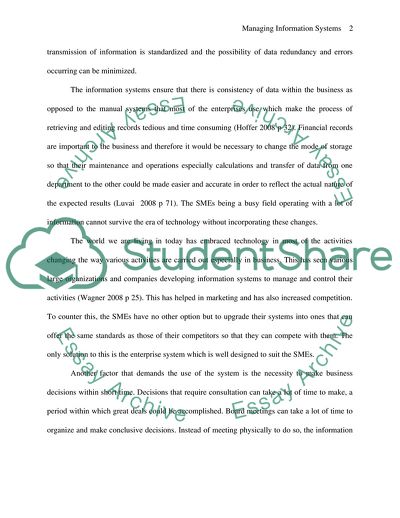Cite this document
(Enterprise Information Systems Assignment Example | Topics and Well Written Essays - 1750 words, n.d.)
Enterprise Information Systems Assignment Example | Topics and Well Written Essays - 1750 words. https://studentshare.org/information-technology/1727269-managing-information-systems
Enterprise Information Systems Assignment Example | Topics and Well Written Essays - 1750 words. https://studentshare.org/information-technology/1727269-managing-information-systems
(Enterprise Information Systems Assignment Example | Topics and Well Written Essays - 1750 Words)
Enterprise Information Systems Assignment Example | Topics and Well Written Essays - 1750 Words. https://studentshare.org/information-technology/1727269-managing-information-systems.
Enterprise Information Systems Assignment Example | Topics and Well Written Essays - 1750 Words. https://studentshare.org/information-technology/1727269-managing-information-systems.
“Enterprise Information Systems Assignment Example | Topics and Well Written Essays - 1750 Words”. https://studentshare.org/information-technology/1727269-managing-information-systems.


